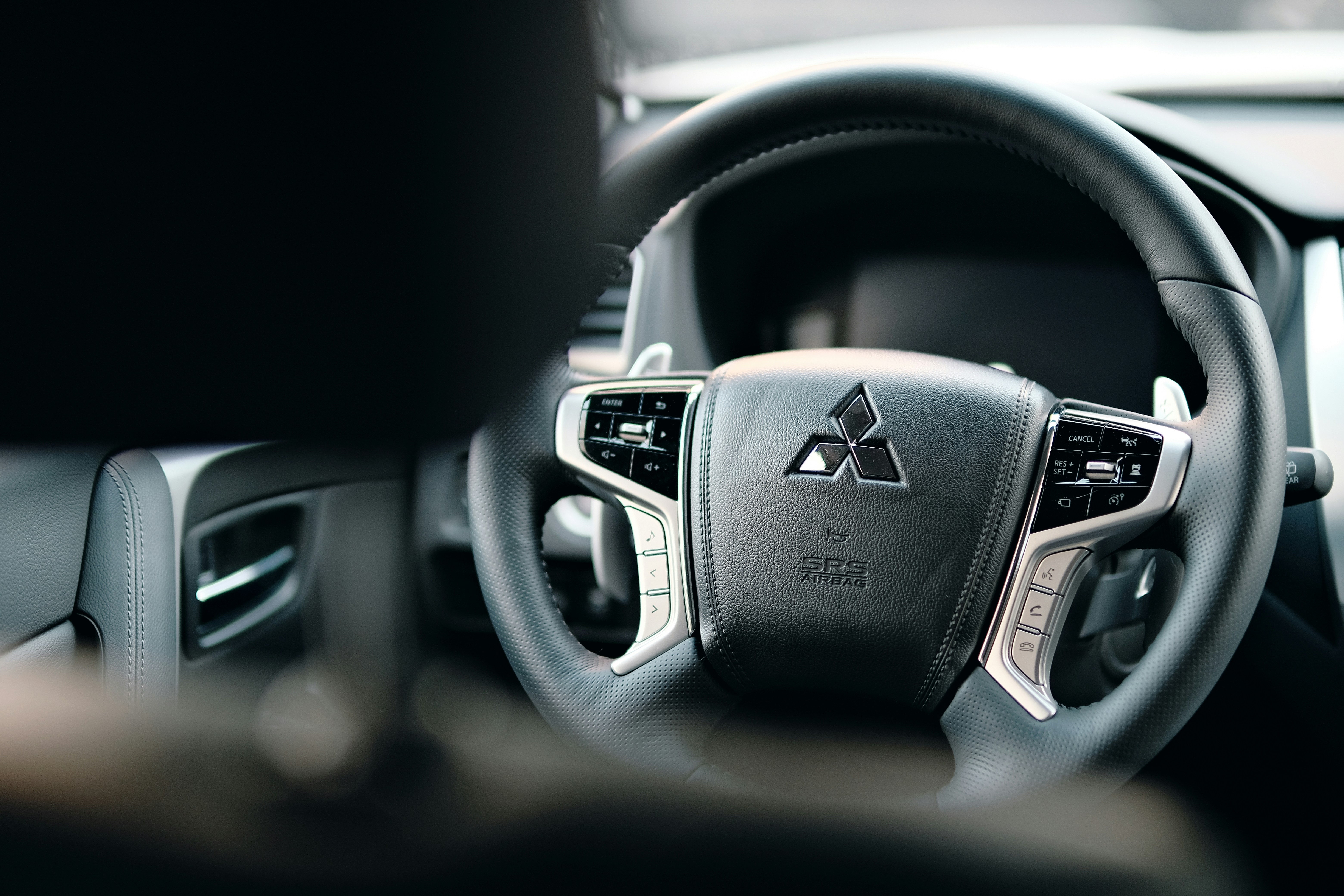Biometric Vehicle Access: The Future of Car Security
Imagine approaching your car, and without reaching for keys or fumbling with a fob, the doors unlock as if by magic. As you slide into the driver's seat, the engine purrs to life, recognizing your unique presence. This isn't science fiction—it's the cutting-edge world of biometric vehicle access, a technology poised to revolutionize how we interact with our automobiles and redefine automotive security.

The Evolution of Car Security
The journey of automotive security has been a long and winding road. From the simple mechanical locks of early automobiles to the sophisticated electronic systems of today, car manufacturers have continually sought ways to protect vehicles from theft and unauthorized access. The advent of key fobs with remote locking capabilities marked a significant leap forward, offering convenience alongside improved security. However, these systems are not without vulnerabilities, as demonstrated by relay attacks and key cloning techniques.
Biometric technology represents the next frontier in this ongoing evolution. By leveraging unique physical characteristics of the driver, such as fingerprints, facial features, or even cardiac rhythms, biometric systems offer a level of security that is incredibly difficult to compromise. This approach not only enhances protection against theft but also opens up new possibilities for personalization and user experience.
Fingerprint Recognition: The Gateway to Biometric Access
Among the various biometric technologies being explored for automotive use, fingerprint recognition stands out as one of the most mature and readily implementable solutions. Several car manufacturers have already begun integrating fingerprint sensors into their vehicles, allowing drivers to unlock doors and start the engine with a simple touch.
The advantages of fingerprint recognition extend beyond mere convenience. These systems can be programmed to recognize multiple users, each with their own set of preferences. Upon authentication, the car can automatically adjust seat positions, mirror angles, climate settings, and even infotainment preferences to suit the individual driver. This level of personalization enhances the driving experience while maintaining robust security.
Facial Recognition: The Next Level of Authentication
While fingerprint technology is making inroads, facial recognition represents an even more seamless approach to biometric vehicle access. Advanced cameras and artificial intelligence algorithms can identify the driver as they approach the vehicle, unlocking doors and preparing the cabin without any physical interaction required.
Facial recognition systems offer several advantages over fingerprint technology. They can work at a distance, don’t require direct contact (which is particularly beneficial in cold climates where gloves are common), and can potentially detect the driver’s emotional state or level of alertness. However, these systems also face challenges, such as ensuring accuracy in various lighting conditions and addressing privacy concerns associated with facial data collection and storage.
Voice Recognition: Hands-Free Security
Voice recognition technology is another promising avenue for biometric vehicle access. By analyzing the unique characteristics of a person’s voice, these systems can authenticate drivers without requiring any physical interaction. This hands-free approach is particularly appealing for its convenience and potential safety benefits, as it allows drivers to keep their hands on the wheel and eyes on the road.
Moreover, voice recognition can be seamlessly integrated with existing voice command systems, creating a unified interface for security and vehicle control. Drivers could potentially unlock their cars, start the engine, and adjust settings all through natural voice commands, creating a truly futuristic driving experience.
The Challenges of Biometric Implementation
While the potential of biometric vehicle access is immense, its widespread adoption faces several hurdles. One of the primary concerns is the reliability and accuracy of biometric systems in real-world conditions. Factors such as dirt, moisture, or varying light conditions can potentially affect the performance of fingerprint or facial recognition systems.
Privacy and data security represent another significant challenge. Biometric data is highly personal and sensitive, raising questions about how it is collected, stored, and protected. Car manufacturers and technology providers must address these concerns to gain consumer trust and comply with increasingly stringent data protection regulations.
The Road Ahead: Integration and Innovation
As biometric technology continues to evolve, we can expect to see more sophisticated and integrated systems in future vehicles. Multi-factor authentication, combining different biometric modalities with traditional security measures, could provide an optimal balance of convenience and security. For instance, a car might use facial recognition for initial access, followed by a fingerprint scan to start the engine.
Furthermore, the integration of biometric access with other emerging automotive technologies, such as autonomous driving and vehicle-to-everything (V2X) communication, could lead to entirely new paradigms in personal transportation. Imagine a self-driving car that recognizes its owner, picks them up, and seamlessly handles authentication for various services along the journey.
The future of car security lies in the unique patterns of our bodies and behaviors. As biometric vehicle access systems become more sophisticated and widespread, they promise to transform not just how we unlock our cars, but our entire relationship with personal transportation. The road ahead is exciting, filled with possibilities for enhanced security, personalization, and convenience. As we navigate this new landscape, one thing is clear: the keys to our automotive future may well be our own biological signatures.





